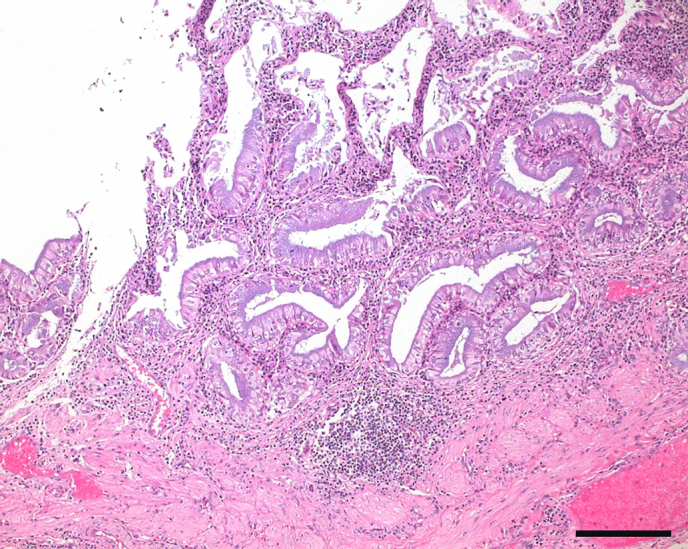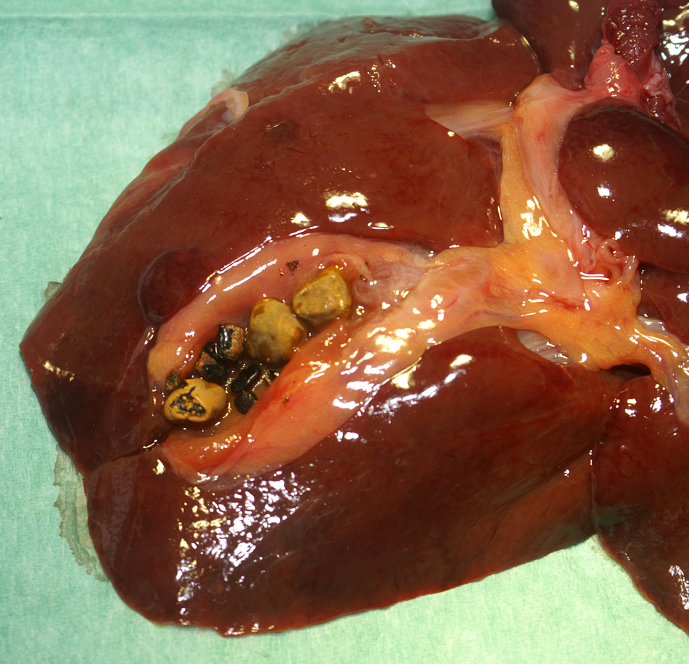非洲绿猴胆结石1例。
Q2 Agricultural and Biological Sciences
引用次数: 3
摘要
在非洲绿猴(Chlorocebus aethiops)的雄性尸检中发现自发性胆石症。胆石的大小、形状和颜色各不相同。采用公认的分析方法对胆结石进行分析。结果表明,胆结石由不同比例的胆固醇和蛋白质组成。组织学上,胆囊表现为弥漫性轻至中度淋巴细胞浸润。被检查个体胆石症的病因尚不清楚。本文章由计算机程序翻译,如有差异,请以英文原文为准。


A case of gallstones in an African green monkey (Chlorocebus aethiops).
Spontaneous cholelithiasis was found in a male African green monkey (Chlorocebus aethiops) at necropsy. Choleliths varied in size, shape and colour. Gallstones were analysed using accepted analytical methods. Results showed that the gallstones were composed of cholesterol and protein in varying proportions. Histologically, the gallbladder showed diffuse mild to moderate lymphocytic infiltration. The etiology of the cholelithiasis in the examined individual remains unknown.
求助全文
通过发布文献求助,成功后即可免费获取论文全文。
去求助
来源期刊

Primate Biology
Agricultural and Biological Sciences-Animal Science and Zoology
CiteScore
1.90
自引率
0.00%
发文量
8
审稿时长
13 weeks
 求助内容:
求助内容: 应助结果提醒方式:
应助结果提醒方式:


